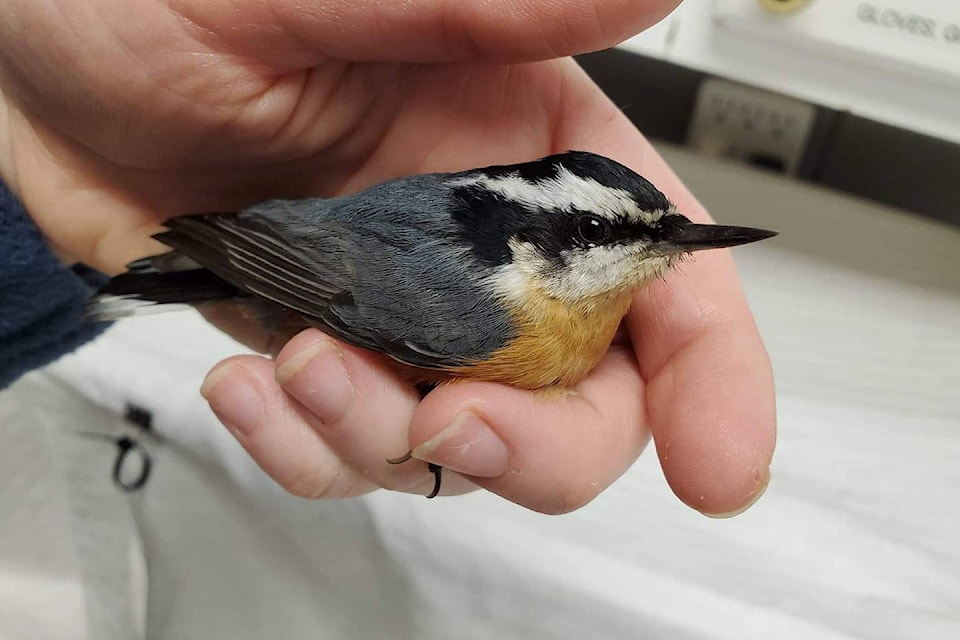It’s been a busy holiday season for those taking care of animals in need.
Mountainaire Avian Rescue society has been raising public awareness about lead poisoning in eagles, after taking of a male adult bald eagle rescued from Malcolm Island who suffered from, and ultimately passed away from lead poisoning.
Additionally, the organization has also been assisting birds involved in strikes - particularly windows - and staff expect more strike injuries to increase with spring around the corner.
On Dec. 26, MARS received an eagle where staff immediately suspected a diagnosis of lead poisoning. Pearl McKenzie, chair of the communication team for the organization noted they believe some of the poisonings are due to eagles feeding on gut piles left by hunters. She explained that lead shots fragment into very small particles and travels through the body of the target animal, which makes it dangerous for people eating the meat and animals such as eagles feeding on the carcasses.
In the spring, MARS is hoping to make a film illustrating what they’ve been learning doing this work.
“We’re hoping that hunters and hunting organizations - who are by and large conservationists - will work with us to come up with ways to solve this problem,” she noted. “People use lead in ammunition for a number of good reasons so it’s not as simple as not using lead.”
RELATED: MARS seeking applicants for work experience student program
A little over a week later, MARS received a red-breasted Nuthatch who suffered from a bruised lung following a window strike and a 15-foot fall to the ground. The bird passed away from swelling in the brain and internal bleeding.
Gyl Andersen, rehabilitation manager said window strikes comprise about 10 per cent of their caseload throughout the year. Generally, they see an uptick in the fall and spring, particularly due to a large number of migrating birds passing through towns and cities. Additionally, birds may see trees or vegetation reflected by the glass, their own reflection (particularly males during breeding season) or may strike if they see plants or a pet bird near the window.
“Usually we see head trauma - they appear stunned or may have a concussion. Their eyes may not respond to light, or appear wobbly. They could also have bruising or fractured clavicles.”
Andersen recommended if a bird is found that struck a window, to place it within a box in a safe place for about 30 minutes, only if there are no obvious signs of injury. She added if there are any visible signs of injury, contact a rehabilitation facility.
In order to help prevent bird strikes, she suggested finding ways to “break up” the window by using stickers, decals, stencils, screening or netting.
For more information about MARS, visit marswildliferescue.com.
photos@comoxvalleyrecord.com
Like us on Facebook and follow us on Twitter
